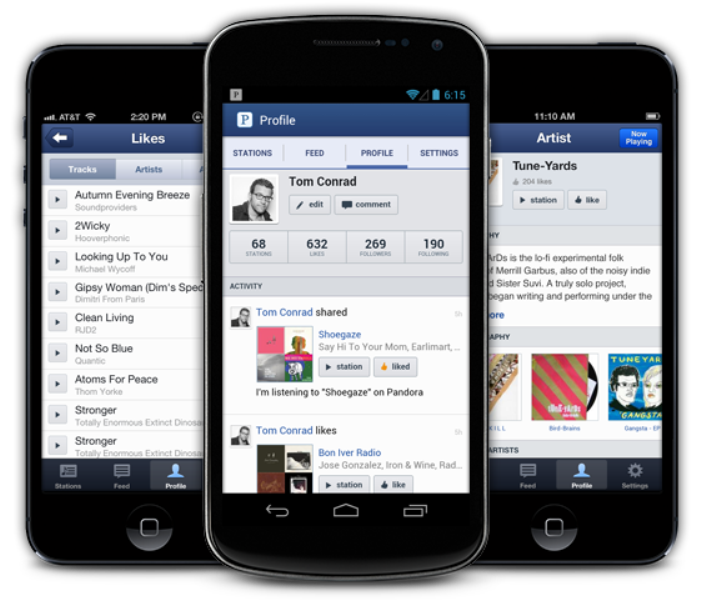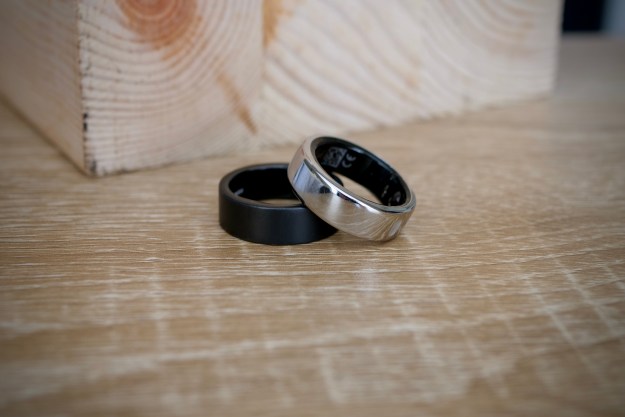
Streaming radio service Pandora said Thursday it’s decided to do an about-face and from September scrap the 40-hour limit it imposed on mobile users just six months ago.
In a release announcing the news, the company said it was able to remove the cap “thanks to the rapid progress of its mobile advertising.”
According to research company eMarketer, the California-based radio service is currently the third largest generator of mobile ad revenue. That’s pretty impressive considering giants Google and Facebook are in the top two spots.
Rising royalty costs
Pandora introduced the cap at the beginning of March in a bid to deal with rising royalty costs. Pandora founder Tim Westergren said at the time the company’s per-track royalty rates had gone up by more than 25 percent since 2010 and are set to go up by a further 16 percent in the next two years.
As a result, the company decided a 40-hour-per-month mobile listening limit would allow it “to manage these escalating costs with minimal listener disruption.”
It’s believed the change only affected around 4 percent of its monthly active listeners, with company data suggesting the average user spends around 20 hours a month listening to music on the service.
Users coming close to hitting the 40-hour cap received a message outlining ways to continue using the service, including switching to a desktop or laptop, or paying a dollar for unlimited listening till the end of the month.
Long-term users of Pandora will be aware that this isn’t the first time the radio service has introduced a cap only to dump it a while later. In 2011 it scrapped a 40-hour limit for desktop users.
iTunes Radio
News of this latest 180 comes shortly before the US launch of Apple’s iTunes Radio, touted by some as a ‘Pandora killer’. With access to millions of potential users from the off via iTunes, Apple’s service could pose a threat to not just Pandora but also others in the space such as Spotify, Rdio and Google’s offering.
Pandora’s outgoing CEO Joe Kennedy sounds upbeat, however, telling AllThingsD on Thursday, “We’ve now been around for eight years. We’ve seen competitors large and small enter the market and, in some cases, exit the market. I’ve never seen an analysis that identifies an effect from any competitor….we don’t see the picture changing.”


